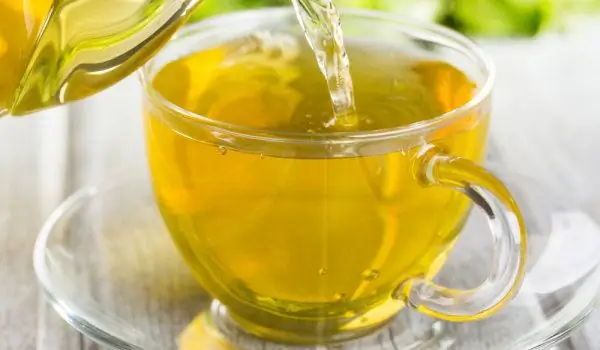2025 Author: Jasmine Walkman | [email protected]. Last modified: 2025-01-23 10:18
The young coconut, also known as green coconut, there is less "meat" than the ripe fruit, but on the other hand the electrolyte water in it is much more - about 350 ml. It is extremely fresh, tasty and full of useful substances.
Maturation phases:
Usually the coconut is ripening about 12 months.
• In the sixth month it does not contain any fat and is full only of water, and in appearance is bright green.
• After the 8th month, the walnut becomes yellower and has brown spots. Its water is sweet and the flesh is gel-like, gradually beginning to tighten and acquire a familiar structure.
• Between 11 and 12 months, coconuts turn brown, and their flesh has already hardened and developed its high-fat content. Then there is much less water in them.
What are the benefits of consuming young coconut:
Both water and meat green coconut nut is extremely rich in electrolytes and macronutrients. When the fruit ripens, these substances drop dramatically.
About 100 ml of water from green coconut contains 1 g of protein, 0 g of fat and 4 g of carbohydrates. 100 g of meat has 3 g of protein, 33 g of fat, 15 g of carbohydrates and 9 g of fiber.
The young coconut is excellent for hydration of the body. It also helps with sports activity - a study of cyclists who rode a bike in the heat showed that after drinking coconut water, they had more strength to train.

In addition, despite profuse sweating, they were not dehydrated. On the contrary, athletes remained well hydrated even after strenuous physical activity.
Green coconut water improves the metabolic syndrome associated with high blood pressure and heart disease. It also has a good effect on lowering blood sugar.
The antioxidants in coconut water and meat protect cells from oxidative processes. In addition, they are rich in vitamins, zinc, magnesium, copper and selenium.
How to consume green coconut?
The most classic way - break the fruit and pour the water into a glass. You can also make a hole and pull the liquid with a straw. The faster you drink it, the more electrolytes and nutrients will be preserved in it.
The flesh of the young coconut is much tenderer and less greasy, so you can safely eat it after peeling it.
You can also add it to your protein shakes after a workout. It also makes a great ice cream after whipping it with a little milk or cream. It can also be used as a classic coconut for various desserts.
Recommended:
Everything You Need To Know About Stevia

Stevia comes from the plant Stevia rebaudiana, which is from the chrysanthemum family, subgroup Asteraceae. There is a big difference between stevia, which you buy in a grocery store, and stevia which you can grow at home. Stevia products on the shelves of the grocery store do not contain the entire leaf of the plant.
Everything You Need To Know About Spanish Wine

Spain can be described in a few words - good weather, amazing cuisine, friendly people, rich culture, traditions, exciting history, diverse nature and of course - amazing wine. Spain is the country with the most land occupied by vineyards - over 1,154,000 ha.
Yellow Teas - Everything You Need To Know

Tea traditions, which are observed in Asian countries, and especially in China and Japan, are something sacred. However, the knowledge of oneself is connected with them tea , the types of tea, the appropriate containers and the rules that are followed in its preparation.
Coffee And Antioxidants - Everything You Need To Know

Opinions about coffee vary considerably - some consider it healthy and energizing, while others find it addictive and harmful. Still, if the evidence is taken into account, most research focused on coffee and health finds it useful. Many of the positive effects of coffee due to its impressive content of powerful antioxidants.
Light Green Teas - What Are They And What Do You Need To Know?

In Asian countries, and especially in China and Japan, drinking tea is a real ritual. For this purpose, however, you must not only get acquainted with the way tea is served and the way it is brewed, but also with the different types of tea. It is customary to distinguish between black tea, red tea, yellow tea, white tea, green tea and light green tea .

